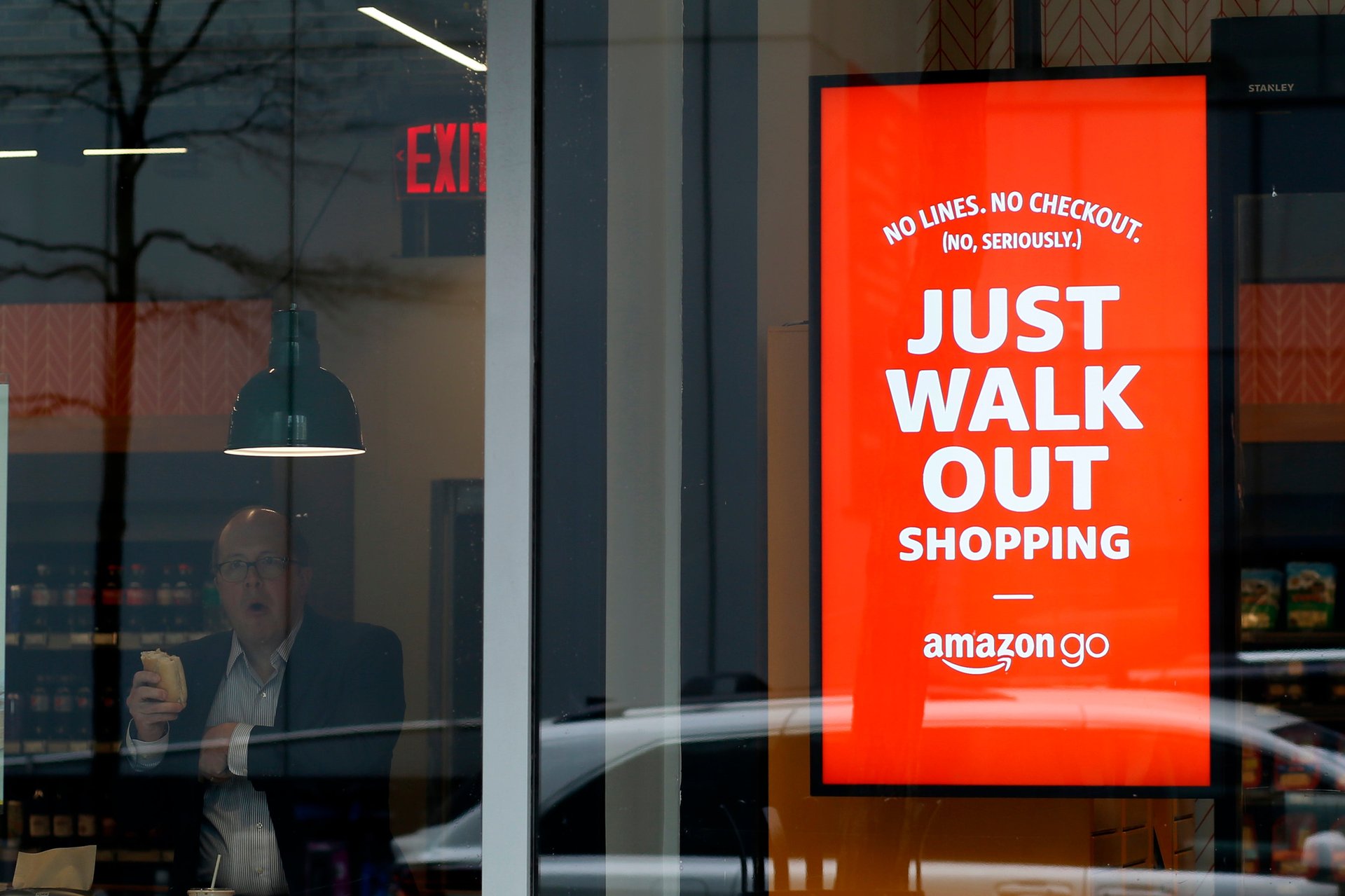Amazon can't figure out physical stores
The e-commerce giant is closing more physical stores, which have failed to see anywhere close to the success of its online retailing

Amazon dominates online retail, but it still can’t seem to figure out brick-and-mortar stores.
Suggested Reading
The e-commerce giant has shrunk its Amazon Go convenience store headcount by about half since 2023, according to a new report from The Wall Street Journal, struggling to attract customers to stores they can pay electronically without interfacing with staff.
Related Content
“I don’t think they really understand retail,” Nick Egelanian, president of retail-advisory firm SiteWorks Retail, told The Journal. “Running warehouses and shipping stuff efficiently is not the same as greeting a customer and saying, ‘May I help you?’”
Jeff Edison, chief executive of Phillips Edison & Co. (PECO), which owns grocery-store-anchored shopping centers, agreed. “They keep testing these concepts thinking one of them is going to connect with the consumer in a big way,” he told The Journal. “But can you think of any examples where they’ve actually done the bricks-and-mortar retail well? I can’t.”
Amazon (AMZN) has tested and closed dozens of stores in the past year, including bookstores, clothing stories, and locations stocked with its most popular items. It has found some success licensing its “Just Walk Out” technology that it uses for Amazon Go.
Ed Coury, senior managing director at retail-advisory firm RCS Real Estate Advisors, said if one considers the failed stores a testing ground for the Just Walk Out technology, they can be seen as a success.
“It was an investment well spent in developing technology,” Coury said. “But the growth plans that they had for that brand are over.”
Whole Foods has also seen continued success since Amazon purchased it in 2017.
A spokesperson for Amazon told The Journal that “Amazon aims to provide customers outstanding selection, value, and convenience when shopping for groceries and everyday essentials both online and in physical stores.”
